Daffodil
TPF Noob!
- Joined
- Oct 10, 2010
- Messages
- 27
- Reaction score
- 0
- Location
- Florida
- Can others edit my Photos
- Photos OK to edit
With a squirrel in these conditions, what could I have done to make the photo better?
I'm fairly new here and I've only been using my Rebel XSi regularly for the past few months, so I'm still learning with it. Yesterday I went to an outdoor event for a high school club I work with, and I wanted to take some photos of the kids in the walkathon, at their booth, etc.--nothing special, just pictures for the kids of them in their event. I had the 18-55mm lens on my Rebel XSi thinking it would cover the distance shots as well as booth activities, plus it's light weight and easy to carry for the day.
When I parked my car there was a friendly and inquisitive squirrel watching me and posing on a bush very nearby. The bush was in a shady area, and directly behind it was a very bright sunny area with water reflecting the sun and light. I tried taking some photos of the squirrel using spot metering and this is the one I liked best, even though I know it's not great. I had the camera on aperture priority with auto ISO, and settings for this photo were f/5.6, 1/80, ISO 320. Post-processing was increased brightness, contrast, and sharpness, and an increase in blue in color levels (since it was more yellowish to start with).
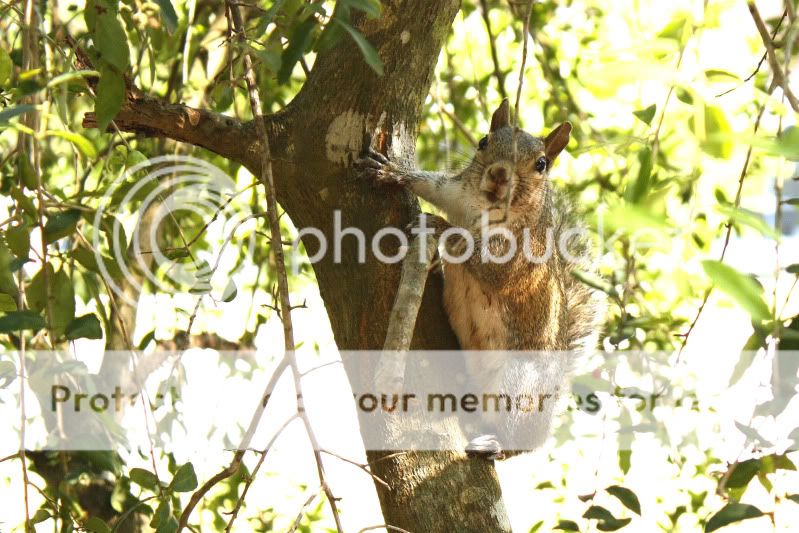
Given the conditions--the unexpected encounter with the squirrel, the back-lighting, the 18-55mm lens, not wanting to use flash--what could I have done to make the photo better? I do like to take photos of birds and animals, and I'd like to be better prepared the next time a back-lit situation like this comes up. Thanks for any suggestions!
I'm fairly new here and I've only been using my Rebel XSi regularly for the past few months, so I'm still learning with it. Yesterday I went to an outdoor event for a high school club I work with, and I wanted to take some photos of the kids in the walkathon, at their booth, etc.--nothing special, just pictures for the kids of them in their event. I had the 18-55mm lens on my Rebel XSi thinking it would cover the distance shots as well as booth activities, plus it's light weight and easy to carry for the day.
When I parked my car there was a friendly and inquisitive squirrel watching me and posing on a bush very nearby. The bush was in a shady area, and directly behind it was a very bright sunny area with water reflecting the sun and light. I tried taking some photos of the squirrel using spot metering and this is the one I liked best, even though I know it's not great. I had the camera on aperture priority with auto ISO, and settings for this photo were f/5.6, 1/80, ISO 320. Post-processing was increased brightness, contrast, and sharpness, and an increase in blue in color levels (since it was more yellowish to start with).

Given the conditions--the unexpected encounter with the squirrel, the back-lighting, the 18-55mm lens, not wanting to use flash--what could I have done to make the photo better? I do like to take photos of birds and animals, and I'd like to be better prepared the next time a back-lit situation like this comes up. Thanks for any suggestions!


![[No title]](/data/xfmg/thumbnail/33/33421-38d09827e584b8381c5e3a468cdf0159.jpg?1619735961)
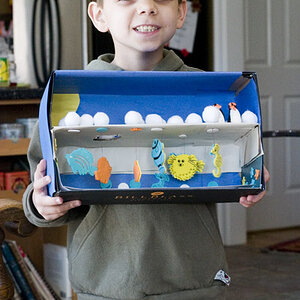

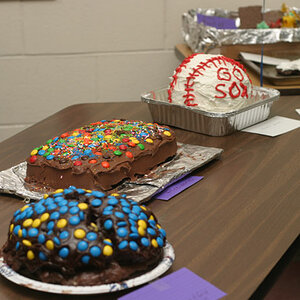




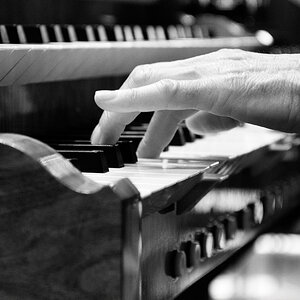
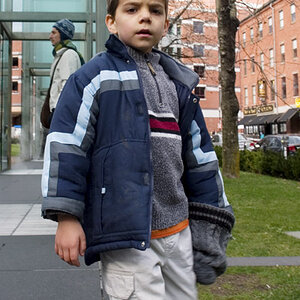
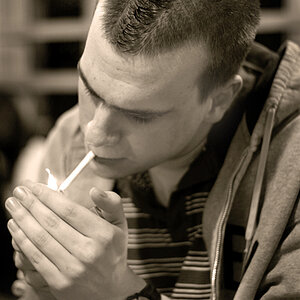
![[No title]](/data/xfmg/thumbnail/32/32929-22e23acc63d6ecb25e5ee941be87121f.jpg?1619735758)